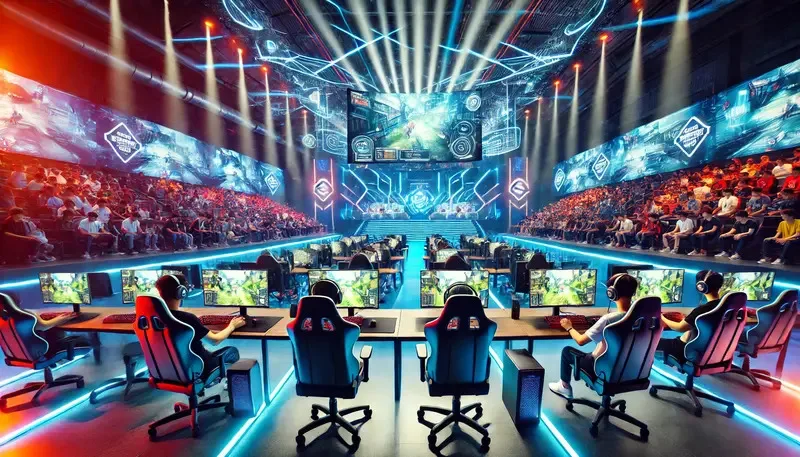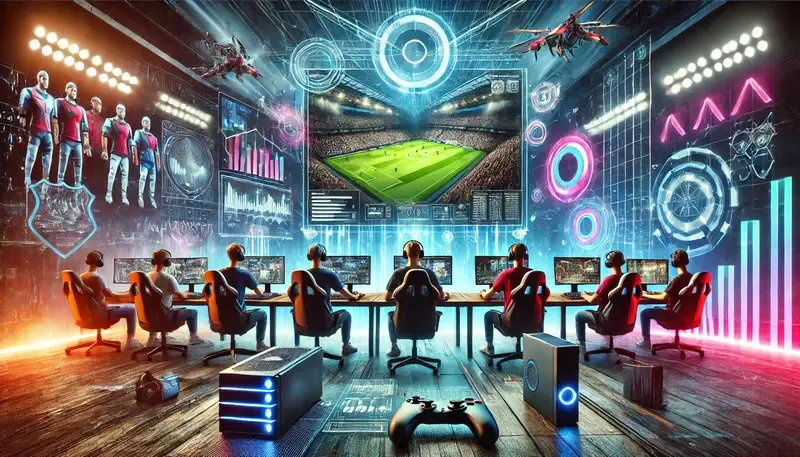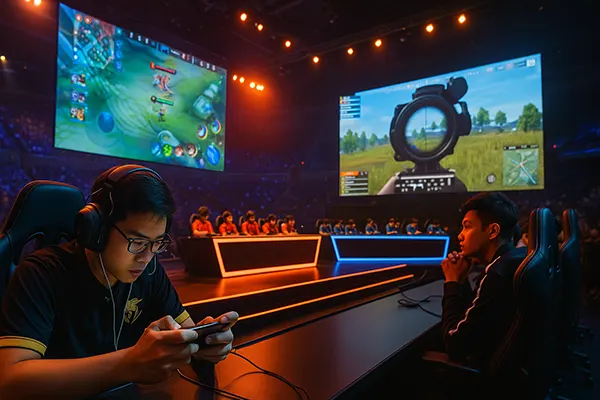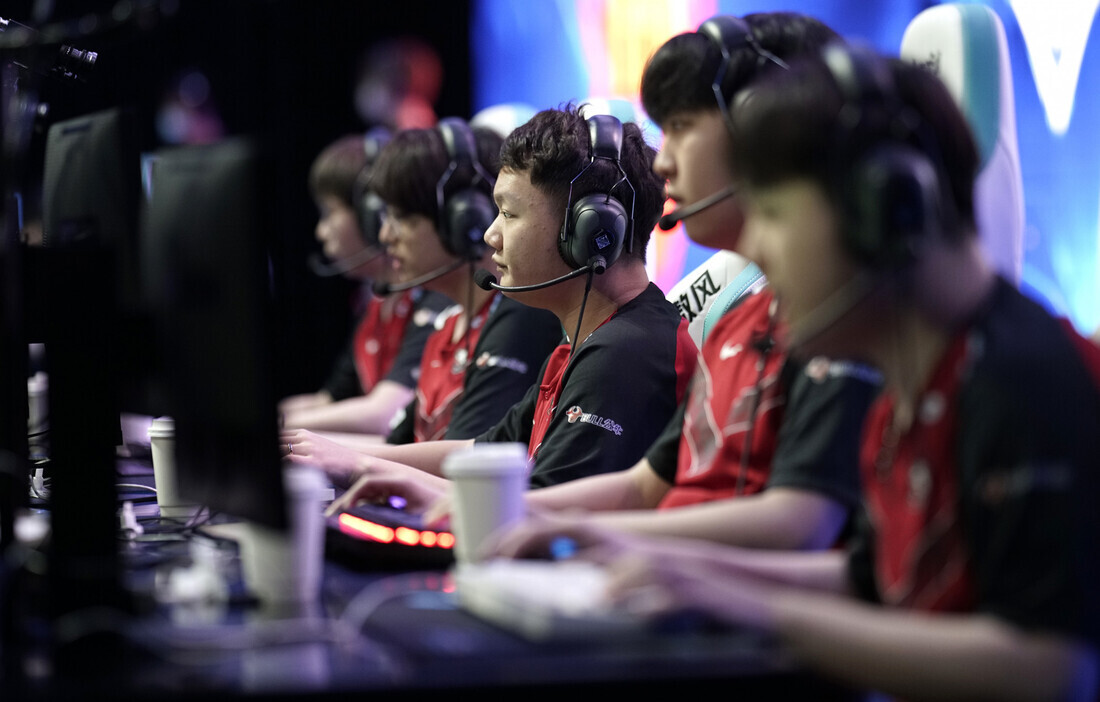Technology and Cybersport: How Innovations Are Changing the Gaming Process

Cybersport, also known as esports, has evolved dramatically over the past few decades. As the gaming industry flourishes, technology plays an indispensable role in shaping the future of competitive gaming. This article delves into the history of technology in cybersport, explores modern advancements, discusses technological tools for training and analysis, and highlights innovations in cybersport events and broadcasts.
History of the Introduction of Technology in Cybersport
The journey of technology in cybersport began in the early 2000s, with the rise of high-speed internet and powerful gaming PCs. These advancements enabled multiplayer games to flourish, setting the stage for the first professional gaming tournaments. The introduction of platforms like Twitch in 2011 revolutionized the way audiences consumed esports content, allowing for real-time streaming and interactions.
Modern Technology in Cybersport
Today, technology continues to redefine the landscape of cybersport. High-definition graphics, virtual reality (VR), and augmented reality (AR) are enhancing the immersive experience for players and viewers alike. Real-time data analytics provide insights into player performance, strategy optimization, and audience engagement. Additionally, the advent of cloud gaming platforms such as Google Stadia and NVIDIA GeForce Now allows gamers to access high-quality games without the need for expensive hardware.
One notable advancement in the integration of technology into eSports is the seamless login systems. For example, the Bingbong Casino login provides reliable and efficient access to game accounts, enhancing user convenience and security.

Technological Tools for Training and Analysis
Training in cybersport has become increasingly sophisticated with the aid of technology. Advanced analytics tools track a player’s in-game performance, providing detailed reports on their strengths and weaknesses. This data is crucial for developing tailored training regimens aimed at improving specific skills. VR training modules offer realistic simulations, allowing players to practice in a controlled environment that mimics actual game scenarios.
Coaches and analysts utilize software to break down gameplay footage, identifying strategic errors and opportunities for improvement. These tools also help in scouting opponents, offering insights into their strategies and tactics. Machine learning algorithms predict opponent moves, enabling teams to formulate effective counter-strategies.
Innovations in Cybersport Events and Broadcasts
The organization and broadcasting of cybersport events have seen significant technological advancements. High-speed internet and advanced streaming platforms ensure smooth and high-quality live broadcasts. Innovations such as multi-angle cameras and real-time replays enhance the viewing experience, providing audiences with comprehensive coverage of the action.
Esports events now feature AR and VR elements, creating a more engaging and interactive experience for viewers. Virtual arenas and holographic projections bring a new level of excitement, blurring the lines between the physical and digital worlds. Additionally, advanced sound systems and 3D audio create an immersive auditory experience, drawing viewers deeper into the gaming environment.
Technology has undeniably transformed the world of cybersport, from its early days to the present. Modern innovations continue to enhance the gaming experience, offering new tools for training and analysis, and revolutionizing the way esports events are conducted and broadcasted. As technology evolves, it will undoubtedly continue to shape the future of cybersport, making it more immersive, engaging, and accessible to players and audiences around the globe.




